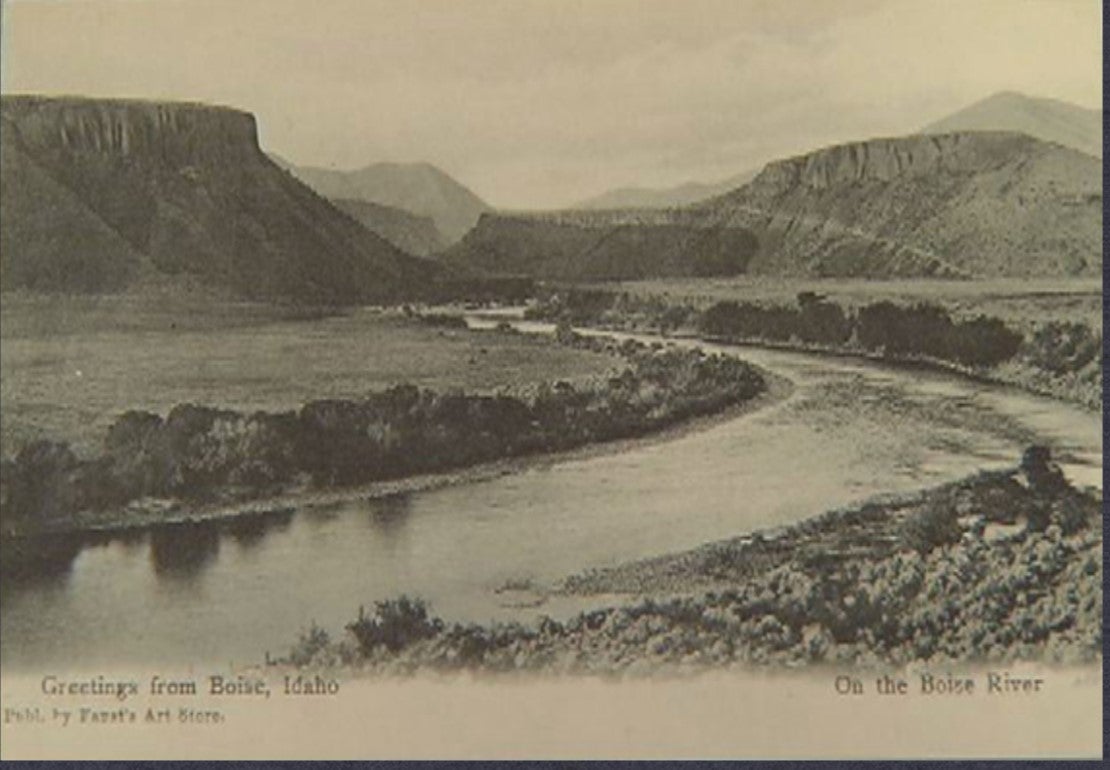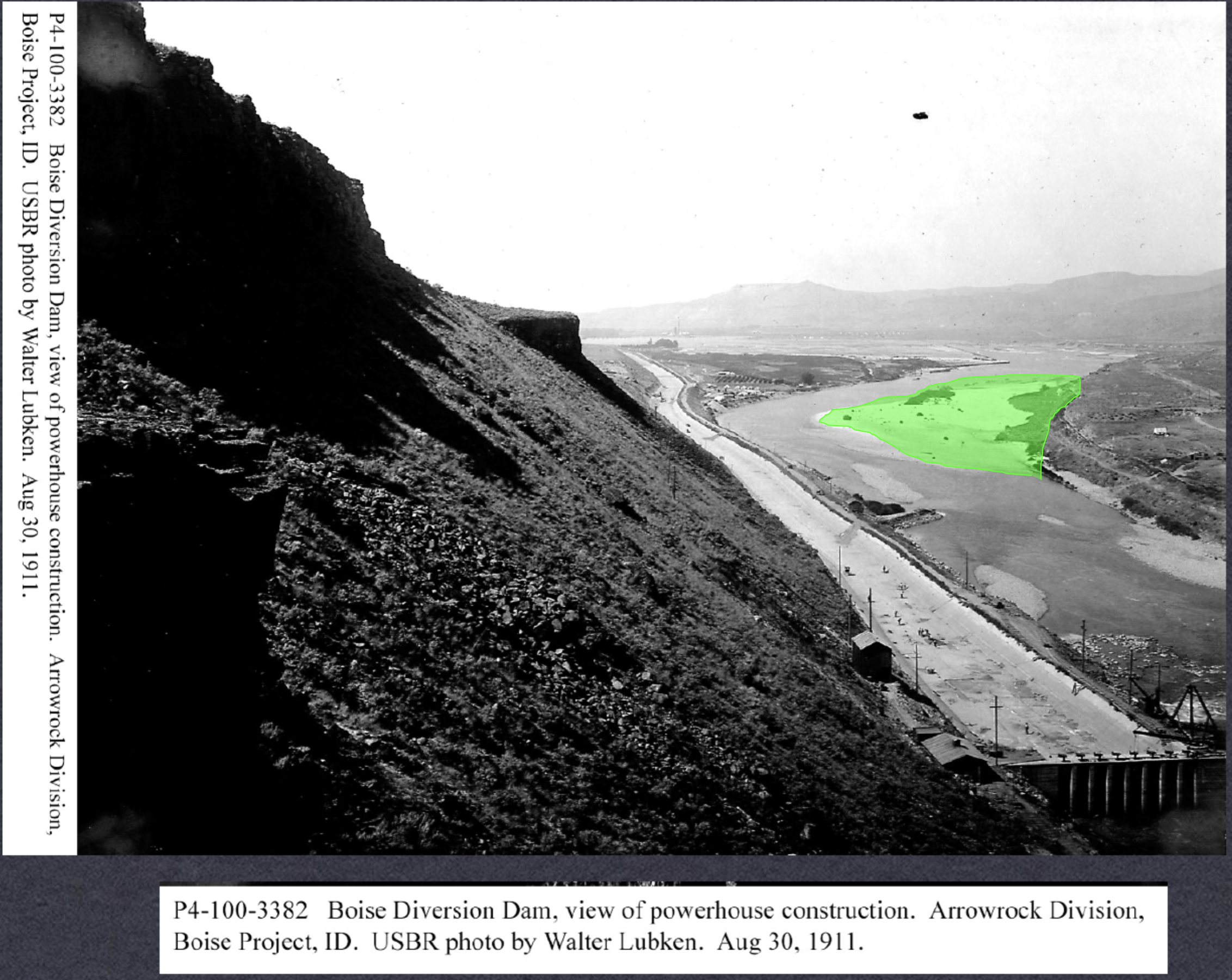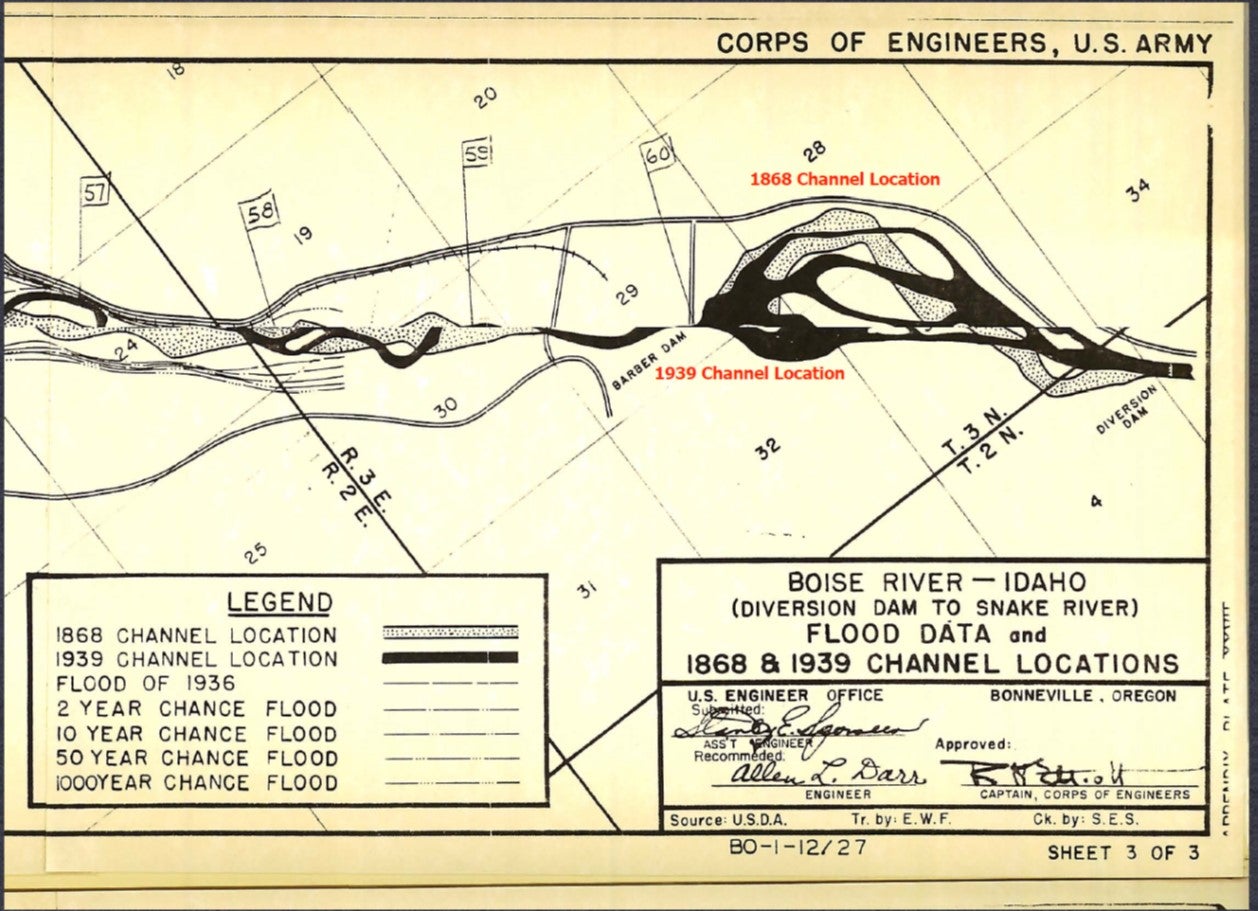IBO is developing one of Boise’s premiere outdoor education destinations: The Diane Moore Nature Center.
IBO’s Research Station at the Diane Moore Nature Center is an outdoor place where everyone can explore and learn in a natural setting, not too far from town. It’s easy to get to, and it’s easy to love.
A central feature of the site, a restored river side-channel and trail system, will restore habitat for spawning trout and wildlife, boost water quality in the Boise River, and improve recreation opportunities in our community.
Construction of the side channel began in 2021 and further work on the project, including an improved trail system, interpretive trail, and wildlife viewing structures, is ongoing.
FAQs
Partners
Who is funding the side channel construction?
Construction of the side-channel is generously supported by Micron Technology Inc.
The Diane and Winston Moore Family Endowment provides the foundation for the Diane Moore Nature Center as a whole. We rely on donors like you to support IBO’s research and outreach activities at the site.
Who supports IBO’s outreach at the site?
IBO outreach at the Diane Moore Nature Center is supported through donations from people like you! A gift of just $5 supports one student’s visit to our bird banding research station.
Who is funding the proposed trails, boardwalks, and viewing blinds?
The trail system and boardwalks will be funded through the City of Boise Open Space Grant.
We are still seeking funding for the viewing blinds and other site improvements. Contact us to learn more about naming opportunities for these and other infrastructure at the site.
Who is is doing the design and construction? What is their expertise?
River Design Group and Warner Construction Inc. will implement this project. They have decades of combined experience designing and creating river habitat restoration projects in Idaho.
Who will help with habitat restoration?
We are partnering with a number of community groups to help us plan and impliment restoration. Groups include the Golden Eagle Audubon Society’s Native Plant Network, College of Western Idaho, students at Boise State University, City of Boise, and the Boise River Enhancement Network.
Timeline
When will construction begin?
Side channel construction began in Fall 2021. Additional work including crossings and trail construction will continue through spring 2025.
What are the phases of construction?
The construction timeline is not yet solidified, but the proposed schedule includes:
- Clearing and grubbing
- Channel construction
- Revegetation and planting
- Trail System
- Bridges and access improvements
When will the side channel be complete?
The side-channel construction and initial restoration was completed in Winter 2021. IBO is invested in ongoing habitat improvements and monitoring long after the side channel is complete.
Work on crossings and improved access is scheduled for Winter 2024-25.
When can I visit?
The Diane Moore Nature Center is open for visitors. Signage and fencing on site will clearly indicate intermittent closures and access information as needed.
The site will be reopened to public access when construction is complete, and full access including bridges and trails is forecasted to be completed by 2025.
Community
I’m a student. How can I get involved in this project?
We have a wide range of opportunities for K-12 and University students to get involved with the side-channel project, and other research at the Diane Moore Nature Center.
Visit our University and K-12 Student pages for information on student research and independent projects.
To sign up to help with our habitat restoration, including planting, weeding, and survival monitoring, fill out our Volunteer interest form.
Contact us with your project ideas.
I’d like to help! How can I get involved?
We need community volunteers to help us with habitat restoration at the site.
We’ve already begun restoration in upland habitats on the site. Once construction is complete, we will need your help to re-vegetate and improve habitat along the banks of the side channel. Sign up to volunteer today.
We still need your financial support for our outreach programming and viewing blinds at the site. Read more about naming opportunities and funding needs for the site on our Diane Moore Nature Center page. Or email us to learn more: IBO@boisestate.edu
Project Impacts
How will this project benefit wildlife?
The side channel will create spawning and brood rearing habitat for fish, and improve riparian habitat for species like Wood Ducks, Mule Deer, Yellow Warblers, Bobcats, Mink, Belted Kingfishers, and Cedar Waxwings.
How will the project benefit IBO outreach programming?
Students in the Treasure Valley have already been involved in the project, collecting hands-on pre-restoration data and information on our habitat restoration success.
Student interns at Boise State are currently analyzing our habitat restoration data to determine which species survive well at the site. Students from College of Western Idaho and Boise State will work to rear plant seedlings, implement restoration, and monitor its success.
Students will have the unique opportunity to watch restoration happen in real time, while comparing data from before and after the project. During class field trips, K-12 students will help us measure seedling growth and restoration success.
How will this impact recreation?
Once the side channel is in place, trail systems and boardwalks will be completed.
These will include improved river access points for anglers, a looped walking trail system, and path connections to the Boise Greenbelt and future Sue Howell Park.
How will this project impact the community?
Improvements and outreach activities at the site will help discourage and reduce unwanted use and habitat destruction at the site.
The Diane Moore Nature Center provides a place for recreation, immersive outdoor play, birdwatching, fishing, hands-on science education for K-12 students, and University student research.
Opportunities for our community to band together to restore and improve habitat that benefits humans and wildlife.
How will the project impact Barber Pool?
Should not impact Barber Pool negatively in any way. Should improve water quality, improve habitat for spawning fish and other wildlife, etc. The channel will not alter water levels, and it should improve water quality, improve habitat for spawning fish and other wildlife. By improving habitat along this stretch we will create a more continuous corridor and connection for wildlife in the Barber Pool Ecosystem.
Channel History
When did the side channel last flow?

Based on historical imagery, it appears that the side-channel at our site was not flowing in 1911. The entire site was a sand bar with no vegetation at the time.


By 1939, survey maps seem to indicate that the side channel location was part of the main river channel.
Do you know more about the history of this stretch of the river? We’d love to hear about it! Email us at IBO@boisestate.edu
When was Barber pool created?
Barber pool formed when the Barber Dam was constructed in 1906.
Does water flow now where the side channel will be placed?
Water actually flowed in the old side channel during Spring 2018, the spring after our winter. However, its outflow was not well defined and spread out over a large area. Water actually flowed in the old side channel during Spring 2018, the spring after our “snowmageddon” winter. However, its outflow was not well defined and spread out over a large area.